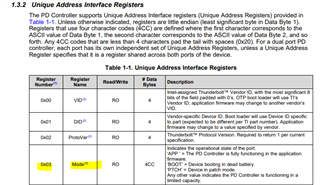Other Parts Discussed in Thread: TPS65987
Tool/software:
Hi team,
Supplying 5V to the PP_HV of the TPS65987 and also supplying +3.3V separately.
Although the patch has been successfully written from the CPU to the PD, occasionally +5V is not supplied to the VBUS side.
This issue is resolved by powering down the device, restarting it, and rewriting the patch.
What could be the possible causes of this issue?
Best regards,
Kyohei


